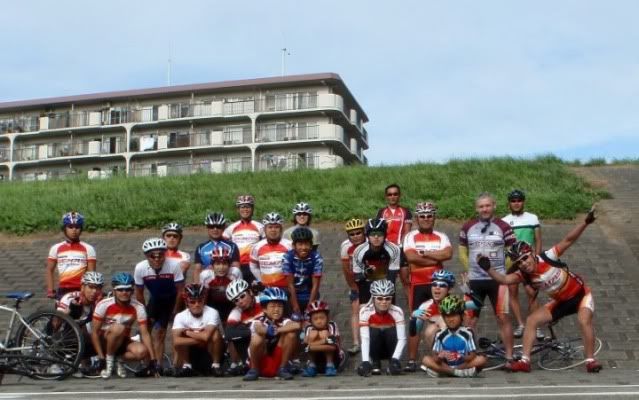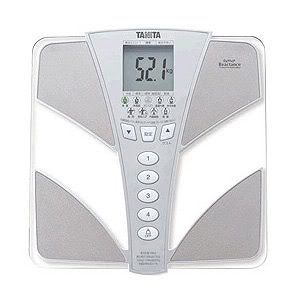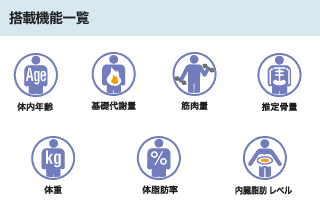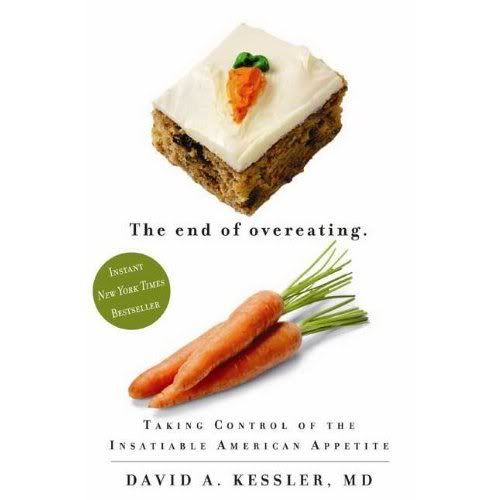Winds blowing every which way today. Rarely from behind. Up early and went North instead of South and got in a good 40km before training started. The wind though was picking up and I didn’t feel like going in the sprint today with my arm still sore so I stopped at the cycling groups rest point which is under the Noda bridge just across from home. The sprint teams go a further 3km upstream to start their race back to Misato. Once the 2 race groups past I tried to chase them down by myself. I couldn’t catch any of the lead groups but I did manage to pass 4 that had got dropped.
One bearing down on me before the goal line so I put in a sprint finish anyway to 53kph.
Then it was a strong head wind again all the way home.
Today: 72.79km
Year: 3832.89km

Now the bad data: As I had my summer cut short by my cut arm I forgot to cut out some of the calories and my weight blew out again.
Just prior to cutting my arm I upgraded my old Tanita to this new Tanita 527. The old one had had enough ( 6 years of weight lifting)

The new one isn’t as kind as the old one either as it automatically had me at 2kg over from the start.
I am going to try and take the advice it gives a little more seriously than I used to and need to figure out exactly what all the numbers mean. Need to study the manual a bit.

Today’s results.
体重: Weight: 86.9kg
体脂肪: Visceral Body Fat: 26.5% (Uh oh!)
基礎代謝: Metabolic rate (calories required today): 1803
体年齢: Virtual Age: 47
筋肉量 : Muscle mass 60.6kg
???? 2
???? 15 ( I think anything over 14 is bad).
Bone mass 3.3kg
Been reading an interesting book as well.

Editorial Reviews
From Publishers Weekly
Conditioned hypereating is a biological challenge, not a character flaw, says Kessler, former FDA commissioner under presidents Bush and Clinton). Here Kessler (A Question of Intent) describes how, since the 1980s, the food industry, in collusion with the advertising industry, and lifestyle changes have short-circuited the body’s self-regulating mechanisms, leaving many at the mercy of reward-driven eating. Through the evidence of research, personal stories (including candid accounts of his own struggles) and examinations of specific foods produced by giant food corporations and restaurant chains, Kessler explains how the desire to eat—as distinct from eating itself—is stimulated in the brain by an almost infinite variety of diabolical combinations of salt, fat and sugar. Although not everyone succumbs, more people of all ages are being set up for a lifetime of food obsession due to the ever-present availability of foods laden with salt, fat and sugar. A gentle though urgent plea for reform, Kessler’s book provides a simple food rehab program to fight back against the industry’s relentless quest for profits while an entire country of people gain weight and get sick. According to Kessler, persistence is all that is needed to make the perceptual shifts and find new sources of rewards to regain control. (May)
Copyright © Reed Business Information, a division of Reed Elsevier Inc. All rights reserved.From Booklist
Kessler surveys the world of modern industrial food production and distribution as reflected in both restaurants and grocery stores. To his chagrin, he finds that the system foists on the American public foods overloaded with fats, sugars, and salt. Each of these elements, consumed in excess, has been linked to serious long-term health problems. Kessler examines iconic foods such as Cinnabon and Big Macs, all of which have skilled marketing machines promoting consumption. Such nutritionally unbalanced foods propel people who already tend to eat more than mere physical need might otherwise warrant into uncontrolled behavior patterns of irrational eating. These persistent psychological and sensory stimuli lead to what Kessler terms “conditioned hypereating,” which he believes is a disease rather than a failure of willpower. There is hope, however. Kessler identifies the cues that lead to overeating and offers some simple, practical tools to help control one’s impulses. –Mark Knoblauch
Been very interesting to see how we are fooled into buying food that is not really food at all. The book is aimed at an American market but even here in Japan where food is mass produced and MSG, salt fat and sugar are also added to everything without you knowing it really makes you think twice before buying or eating anything that has been ‘man made’ or ‘man manipulated’.
Makes shopping very difficult. You’ve got to eat something.